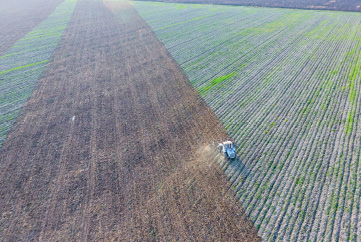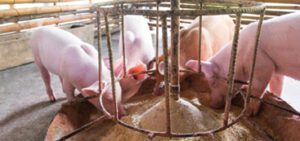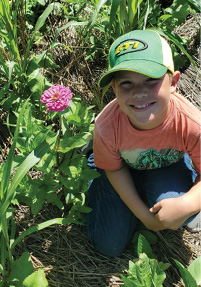
Article Written By: Jason Mauck
The winter crawls at the speed of smell when you are a kinetic farmer like I am. Lots of time is spent reminiscing of days gone with my grandpa in his pickup. I love to ask him to paint a picture of how a particular field looked like 50 or 60 years ago when he was an engaged young farmer. The 100 acre field that he is describing used to be 10 or 15 smaller fields with barns, chicken houses, and pasture. It produced the bacon, the eggs, and the toast.
No Fences Fences
By 1990 “No Fences” wasn’t just the #1 selling country album, iIt was the landscape of the countryside. You could literally watch your dog run away for days. I was 10 years old, and I was just tall enough to reach the clutch on our IH 3588, so dad put me to work working the dirt. I just missed the plow days by a few years, but I witnessed thousands of hours watching my dad turn over the dirt through the dirty glass. My dad had worked his adult years to that point removing every fence post on our 3000 acre farm. We thought we were getting more and more efficient with every 300 acre mega field we created.
Loss of Independence
What has manifested over the past 50 or 60 years under the radar is a gradual loss of our independence. With each and every new ag technology and convenience we implement, we break away and float further and further away from control of our own destiny. The suppliers of our inputs have teams devoted to price elasticity of demand, and what they leverage the fact that we must have their products in order to produce a crop. When we tore down our fences, the biggest casualty has been soil heath. Our grain that we grew once gave us bacon, eggs, and the manure for our garden. It now gives us a liquid asset, cash. We use it to buy bigger tractors, planters, vacations and the fertilizer necessary to grow another crop. We have treated the soil as a medium to hold fertilizer in order to grow corn and soybeans instead of the foundation of the next generation.
Consolidation
Livestock has become consolidated to just a handful of farms in each county. Thousands of head under one roof. Barn after barn on the same farm. My farm produces 25,000 300 lb pigs to market annually. It takes 5,000 acres on a good year to feed these pigs. That’s 5,000 acres of grain that extracts copious amounts of nitrogen, potassium, phosphorus, and sulfur from local farmers. Over 80% of our tillable acres in my county produces grain that feeds livestock, however only 4% of our acres have manure applied to them. These acres for the most part do not revolve or rotate, and the result is a dead end road.

Soil: the Lifeblood of Our Future

Photo By: Kenny Tucker
We need to reach a compromise heading into the future. We’re not going to resurrect our fences, and we don’t have enough ground to have livestock grazing everywhere. We need closed loop systems that efficiently utilize every drip of manure, every drop of water and every ray of sunshine. We need to find ways to fight fire with fire because one day the well will run dry. Our focus needs to shift. This race to produce more through tillage, commercial fertilizer, herbicide resistant technology, and economies of scale is just inflating the bubble. When it pops, it not only will collapse highly leveraged operations, but also the productivity of our soil which is the lifeblood of our future.
ARTICLE FROM SOIL HEALTH RESOURCE GUIDE VERSION 8